Four of Madrid’s most mouthwatering menus of the day
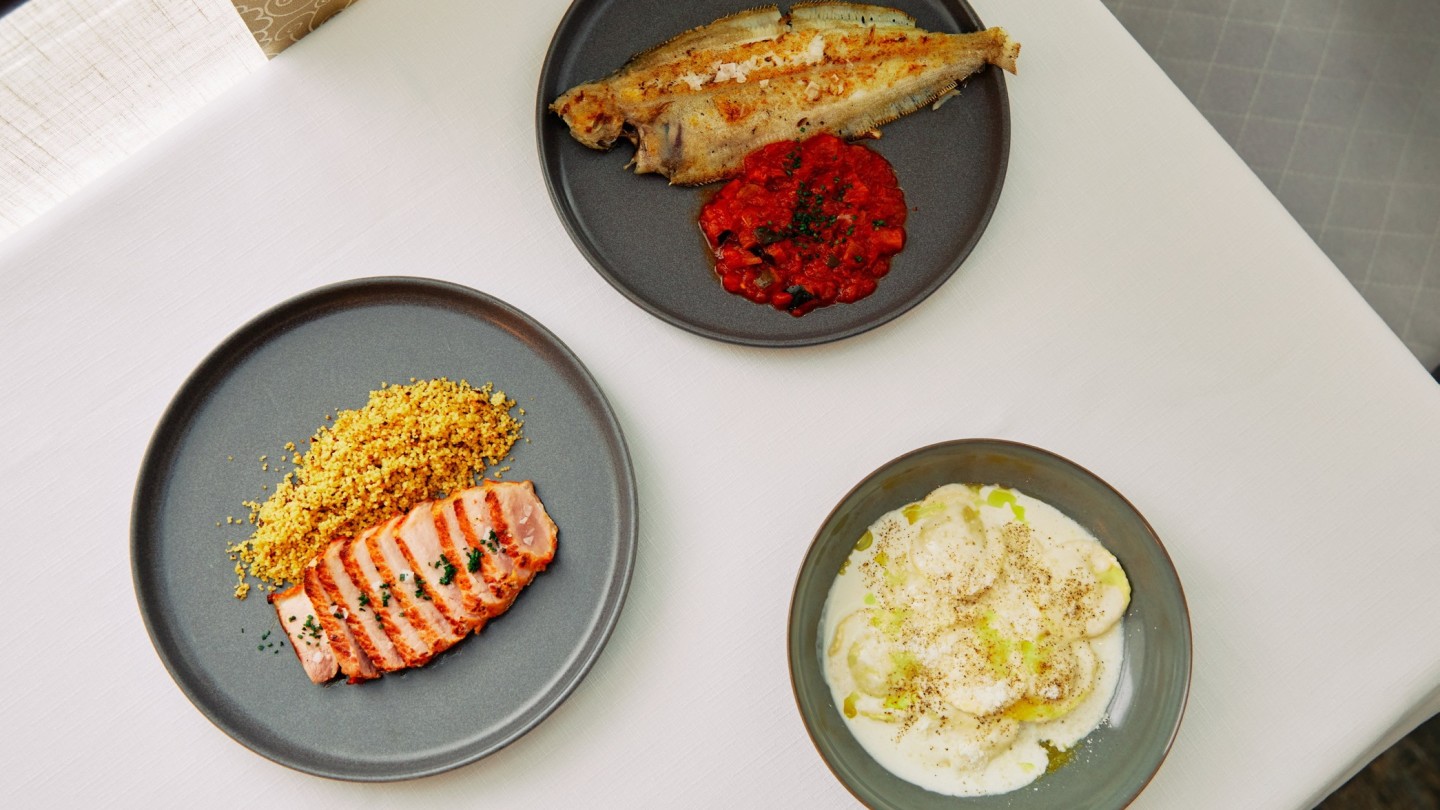
Roula Khalaf, Editor of the FT, selects her favourite stories in this weekly newsletter.
This article is part of a new guide to Madrid from FT Globetrotter
To eat well and for good value in Spain, the menú del día, or “menu of the day”, remains unbeatable.
First introduced by Franco’s government in 1964 as a fixed price menú turístico, it was a low-price deal that restaurants were obliged to offer as part of a wider effort to attract tourism in Spain — also likely inspired in part by the daily menus offered in France at the time. As the quality gradually improved over the years, it evolved into the menú del día, becoming a Spanish institution.
The format is simple: a first and second course, plus dessert or coffee, and generally bread plus a glass of wine, beer or soft drink are included, for about €12-15. You’ll be asked to choose from a few options for the first course, and again for the second, which tends to be either fish or meat. Finally, a dessert, such as arroz con leche (rice pudding), flan or fruit. These options will either be written on a blackboard or a piece of paper, or reeled off at great speed by your waiter.
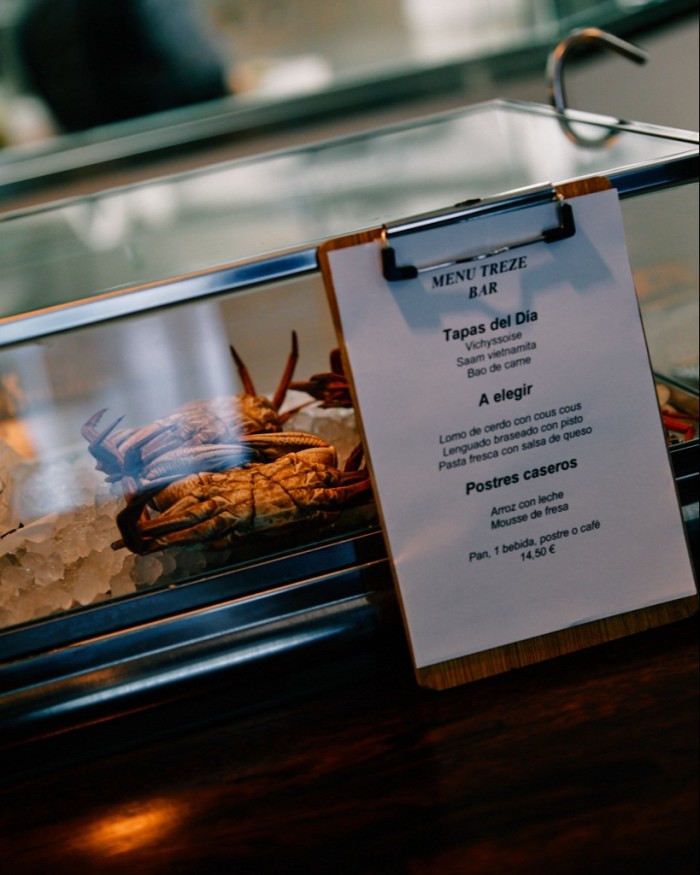
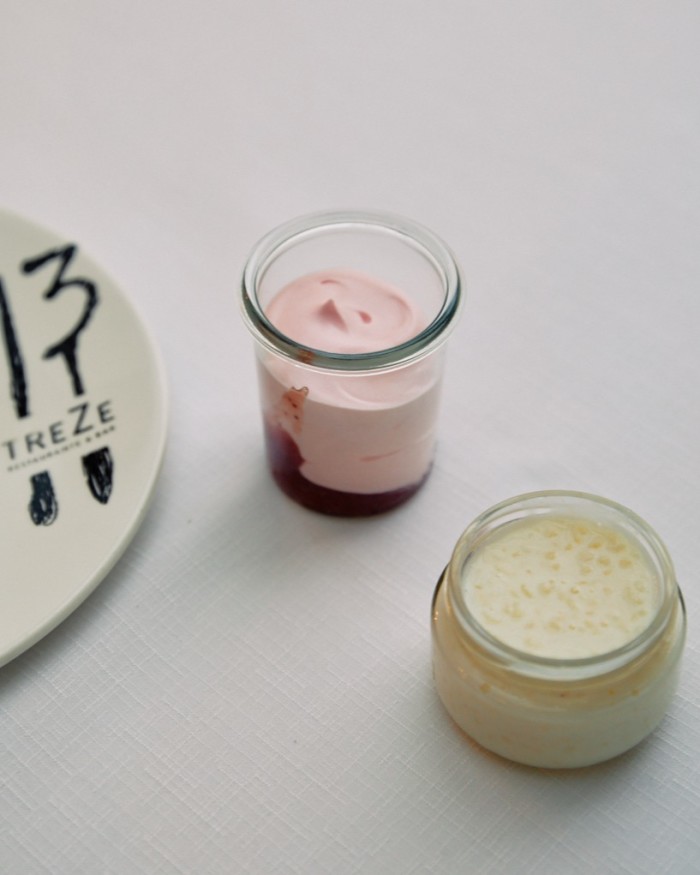
If you’re wondering how this makes financial sense for restaurant owners, particularly with the cost of living crisis, the answer is it doesn’t. But it helps many establishments to fill tables and build a loyal customer base, even if some have recently been forced to raise prices or to offer the menú for only part of the week.
Dishes change daily from Monday to Friday and with the seasons, which is important considering typical fans of this lunch deal tend to be regular customers who live or work nearby. Fast food is part of life in today’s Madrid, just as in any other major city, yet while the capital’s traditional two-hour lunch break may be on its way out, the custom of taking enough time for a proper lunch during the working week endures.
As Madrid’s gastronomy has developed over the years, in many establishments so has the menú. Restaurants offering everything from burgers to bao buns and poké bowls have their own versions of it.
But many tabernas and restaurants still serve classic Spanish dishes: lentejas (lentil stew), albondigas (meatballs), rabo de toro (oxtail). It depends on where you are, but in general this is no-frills food without pretensions, and aesthetics lean towards the simple and rustic — either literally as you might eat in your (Spanish) grandmother’s house, or reinterpreted with a modern twist.
So why choose the menú instead of à la carte? Besides being a great deal, it’s a good way to try the Spanish dishes that are cooked at home less frequently as lifestyles and eating habits change. And, as the portions tend to be generous, you are guaranteed to be well fed.
In the past decade or so, I have spent a lot of time getting to know Madrid — first as a resident and visiting frequently ever since — and some of the best lunches I’ve had there (and around Spain) have been menús. Here are a few of my favourites.
Tips:
Many places offer a menú on working days, even if it’s not clearly on display, so it’s worth asking if it is available: “Hay menú del día?”
The menus are often only in Spanish, but there is usually a written version, so with the help of Google Translate you’ll be fine. If you’re unsure what to choose, ask your waiter for their recommendation. Sometimes there will be a special dish depending on what day it is.
Looking for vegetables? Choose that as your first dish, such as gazpacho or guisantes con jamón (peas and ham), or order them in addition, as they are not served as part of the main course as a rule.
In keeping with Spanish eating culture, the menú is normally served between 1pm and 4pm
Bodegas El Maño
Calle de la Palma 64, 28015 Madrid
Menú del día: €12.90, Monday — Thursday
Good for: A cool, elegant bar serving classic, mostly Spanish dishes, where you can sip vermouth (on tap) and feel like you’re in 1950s Madrid.
Not so good for: Large groups, unless you book in advance, as space is limited.
If it’s on the menu, choose this: Ensaladilla rusa (potato salad), salmorejo (thicker and creamier than gazpacho), milanesa neapolitana. Cocido madrileño (chickpea and meat stew) every Wednesday in winter
On summer evenings, the doors of Bodegas El Maño open out on to the street as young professionals and hipsters chat and drink on this quiet-ish corner of the trendy Malasaña neighbourhood.
The bar has been here since 1927, when it was one of the first bodegas to open in Madrid, selling wine out of old clay jars. It was renovated in the 1950s, with large mirrors behind the marble-topped bar and on the ceiling — which earned it the nickname of the “Versailles of Malasaña”. It retains its distinctive castizo look today.
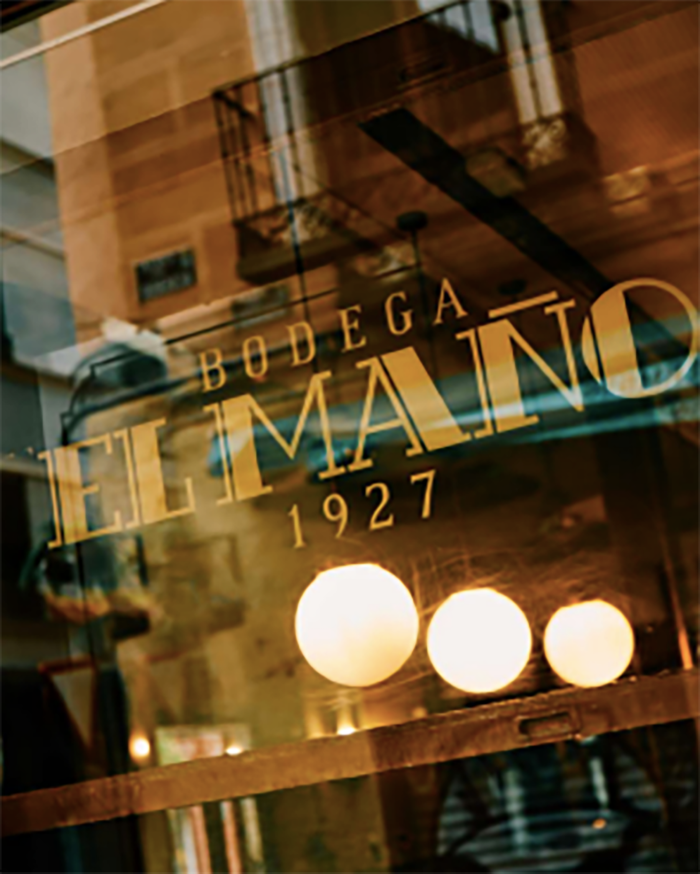
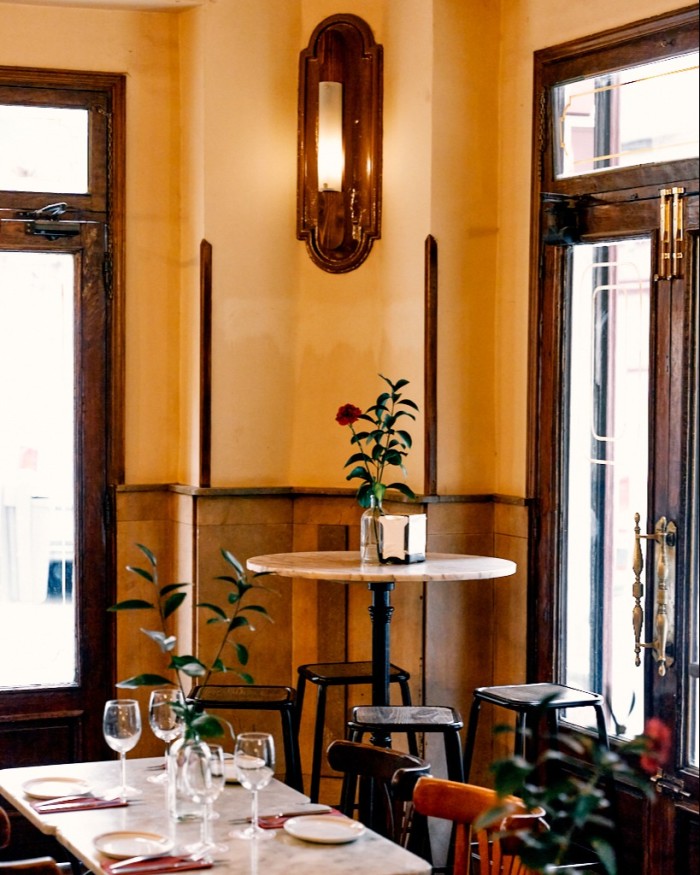
“We look for places that already have charm or spirit,” says Julian Lara, who took over the bar in 2019 with his business partners Sergio Ochoa and Pepe Roch. The trio also own Casa Macareno round the corner, which is also worth a visit if you prefer dishes with slightly more of a modern, international twist (and appreciate colourful Spanish tiles).
What makes the bar special is its ability to bring together the young creatives and local LGBTQ+ community along with older residents (“our toughest critics”) all at the same time, says Lara, while also drawing in a growing number of foreign tourists, particularly in the evenings.
With a strong team, dedication and a good menú, El Maño has attracted a loyal crowd and is nearly always full. Even so, margins are tight, especially following the pandemic and with rising costs, but they hope to keep the price of the menú as it is for now.
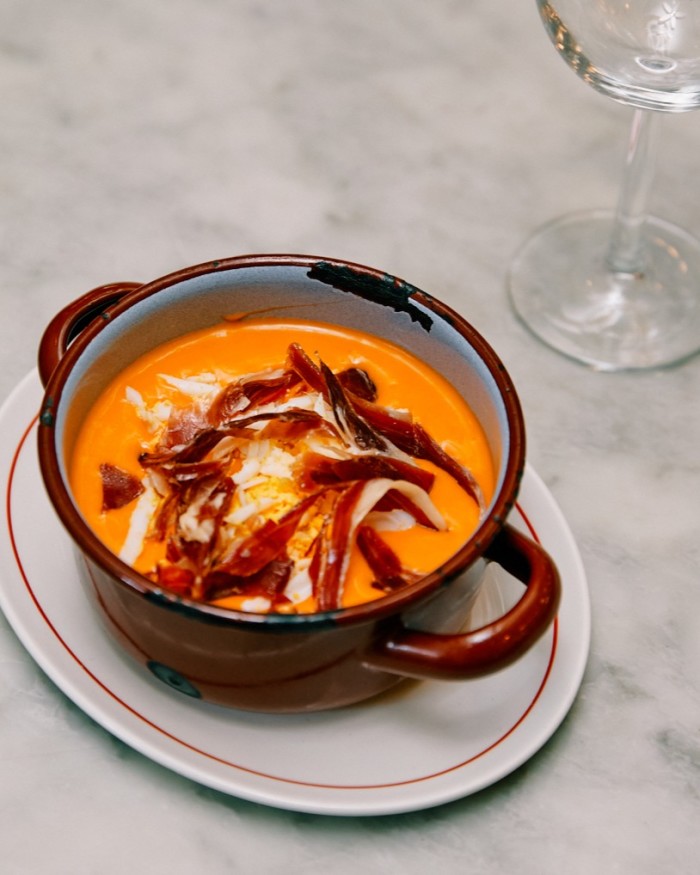
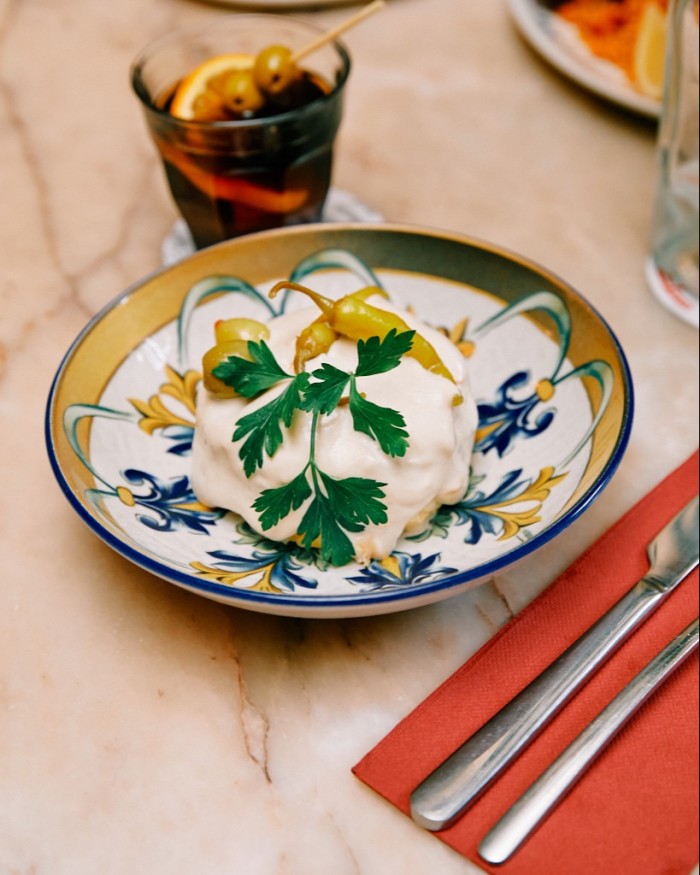
As part of the deal, offered from Monday to Thursday, you might have a big bowl of salmorejo to start, followed by a fillet of sea bass in the summer, with soups and stews such as lentejas estofadas in winter. To keep things simple, it offers two options for the first course, and two for the second. “We have around 30-40 dishes in rotation and we keep the variety to keep it interesting,” says co-owner Sergio Ochoa.
A big customer favourite is its version of milanesa napolitana, a breaded fillet of pork or chicken with tomato, basil and parmesan, and a light, foamy interpretation of that old tapas staple, the ensaladilla rusa, is special.
“We’re not serving haute cuisine,” says Lara. “It’s dishes de toda la vida [that everyone is used to] but made our way.”
Restaurante Ponzano
Calle de Ponzano 12, 28010 Madrid
Menú del día: €18, Monday-Friday
Good for: Classic dishes made with fresh market produce every day
Not so good for: The meat-averse or squeamish, though you could always just not choose the tripe
If it’s on the menu, choose this: Torreznos (a fried pork-belly snack), callos (tripe), pulpo (octopus), fabes con setas (beans with mushrooms). Cocido madrileño every Wednesday in winter, from September
Calle de Ponzano, in the upscale residential neighbourhood of Chamberí, has become a gastronomic hotspot in recent years. “The street has become very fashionable, but hopefully it will all go back to normal soon,” says 76-year-old Javier Agustí, who has been coming to Restaurante Ponzano for his office lunch break at least three days a week for the past 15 years, either alone or with friends.
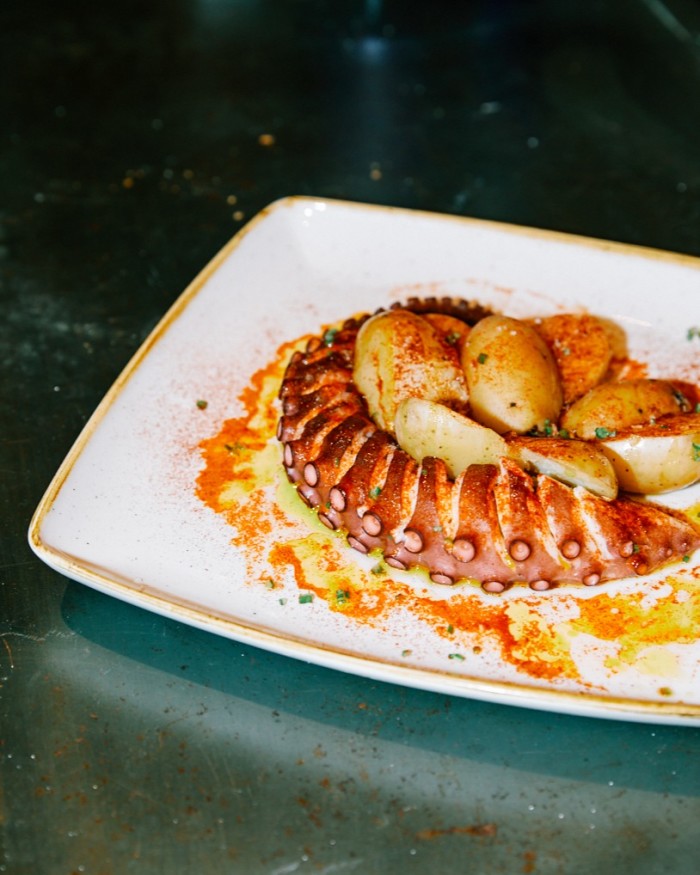
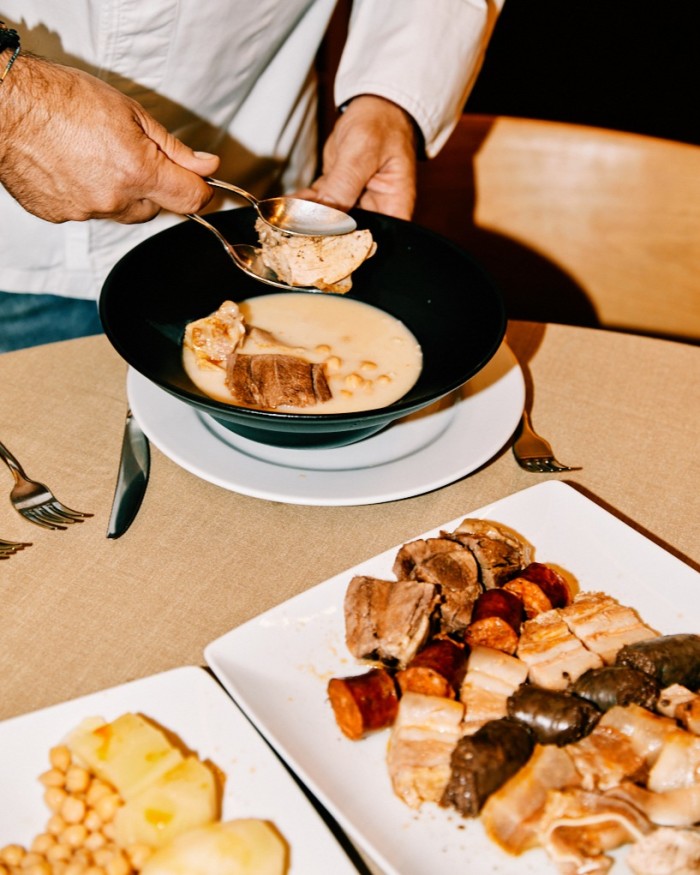
Although recently retired, he intends to keep up the lunchtime tradition, partly out of habit but it’s also the convivial ambiente, he says. While the menú is on the pricier side, the quality makes it worth it: “They have an excellent cocido, one of the best in Madrid. And a good fabada [an Asturian stew], very good meat and fish.”
Said meat is on prominent display — large hunks of beef, all different cuts and maturity, such as rubia gallega and casina asturiana — hang near the front window. A giant plate of fat red tomatoes sat on the counter when I last visited in August, from the market that morning, served as a simple but delicious salad with onions and freshly baked chunks of bread.
Lunchtime at Ponzano is a mix of lawyers from nearby offices, medics from the local hospital and university professors, eating either in the main upstairs bar or the restaurant downstairs (both serve the same food).
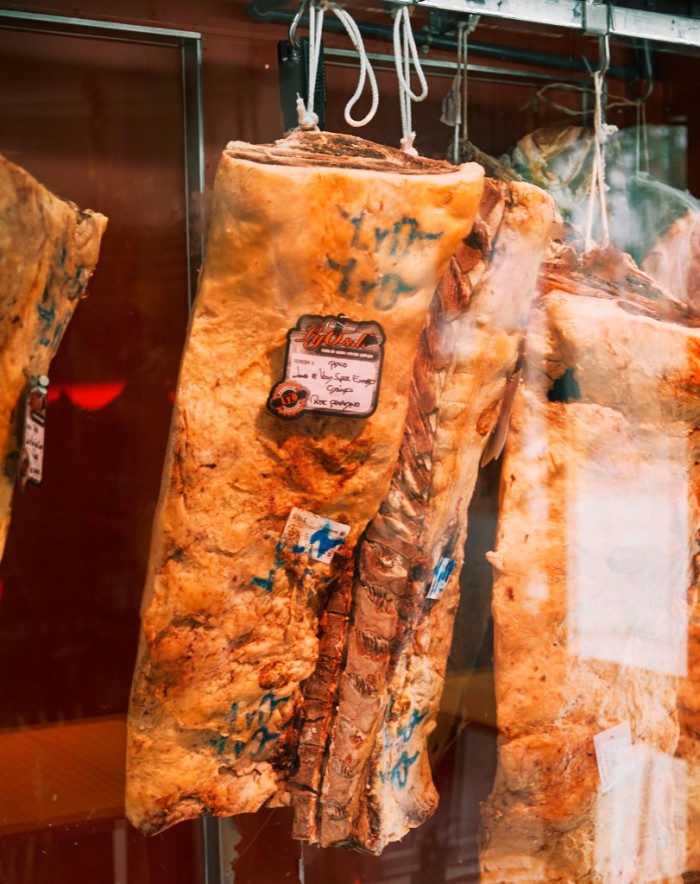
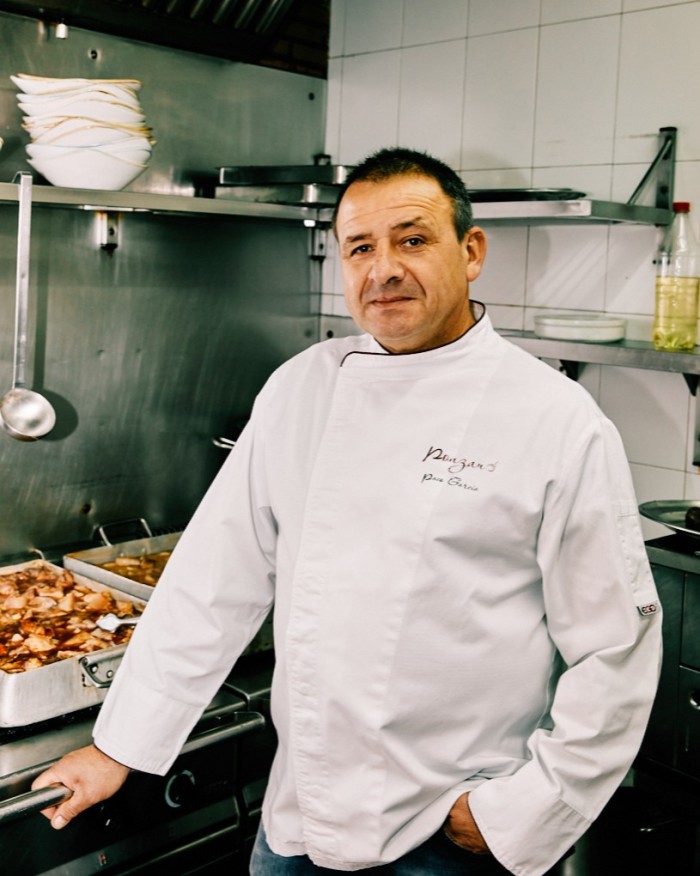
Ponzano’s owner Paco García left his job as an auditor in 1995 to take over the business — previously a bar and charcuterie — from his father, expanding it into a restaurant, with an extra floor below. He buys fresh, seasonal produce from the Mercamadrid market three or four times a week and the menú del día is developed based on what he finds.
“This means getting up at 3am and going there to buy, so it’s a big effort, but the savings you get, the prices and the quality are very good,” he says. “What we offer is also healthy — always fresh fish in season, pulses cooked with vegetables — and the portions are generous.”
Aside from the cocido every Wednesday in winter, you won’t find anything repeated on the menu for at least 15 days, so regular customers like Agustí won’t get bored. My tip is to order some torreznos, little deep fried pork- belly bites, to crunch on while you sip your beer and decide what else to eat.
Casa Dani
Mercado de la Paz, Calle de Ayala 28, 28001 Madrid
Menú del día: €12.50, Monday—Friday; €13.50, Saturday
Good for: A buzzing market atmosphere, traditional Spanish dishes at economical prices
Not so good for: A long, leisurely lunch — there will probably be people waiting to snap up your table
If it’s on the menu, choose this: Arroz de bogavante (soupy lobster rice) every Wednesday, lentejas (lentils) on Thursdays. In winter, cocido madrileño every Tuesday. And, although not part of the menú del día (you can order it separately), the cheesecake is the best I’ve ever had
In the middle of the bustling Mercado de la Paz, make your way past people queueing up for a wedge of Casa Dani’s award-winning tortilla and you will find this lively, family-run restaurant. Set up by husband and wife Daniel and Lola, who moved to Madrid from La Mancha in 1991, the idea was to offer traditional Spanish dishes made with quality produce at affordable prices, for people working in the market and in the Salamanca neighbourhood.
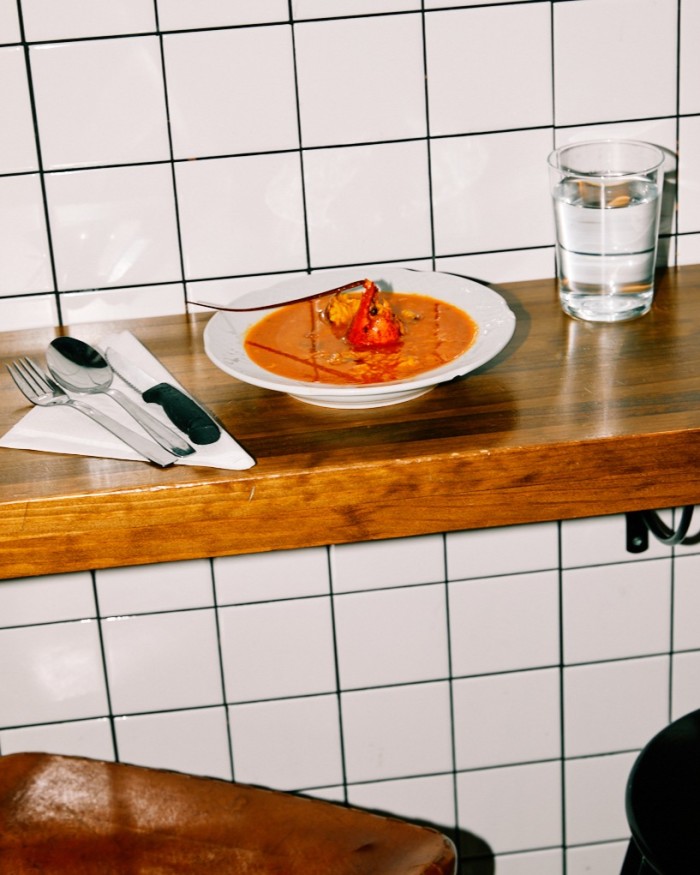
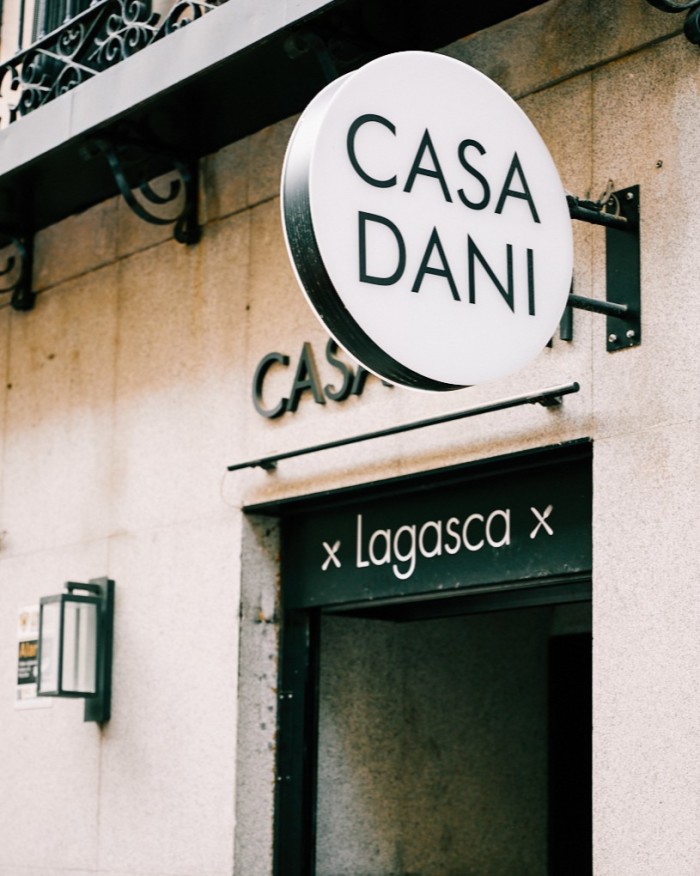
Since then, Casa Dani has expanded beyond the restaurant into a terrace area, the takeaway shop in the market and also a separate restaurant on Calle Lagasca. On the menú there are usually about eight to 10 options for both the first and second courses, with popular choices being the chicken or pork escalope, gallo (a type of white fish) and pisto manchego, which is similar to ratatouille. “Lots of customers prefer something light to start with, such as broccoli or green beans with potatoes,” says Carmen Santamaria, who looks after communications for the business, and whose husband Dani (son of Lola and Daniel) now mostly runs the restaurant.
The turnaround is quick; as soon as someone leaves, the paper tablecloth is ripped off and replaced for the next waiting customer. The mix of clientele — market employees, families, bankers, construction workers from nearby building projects, office types — makes for excellent people-watching.
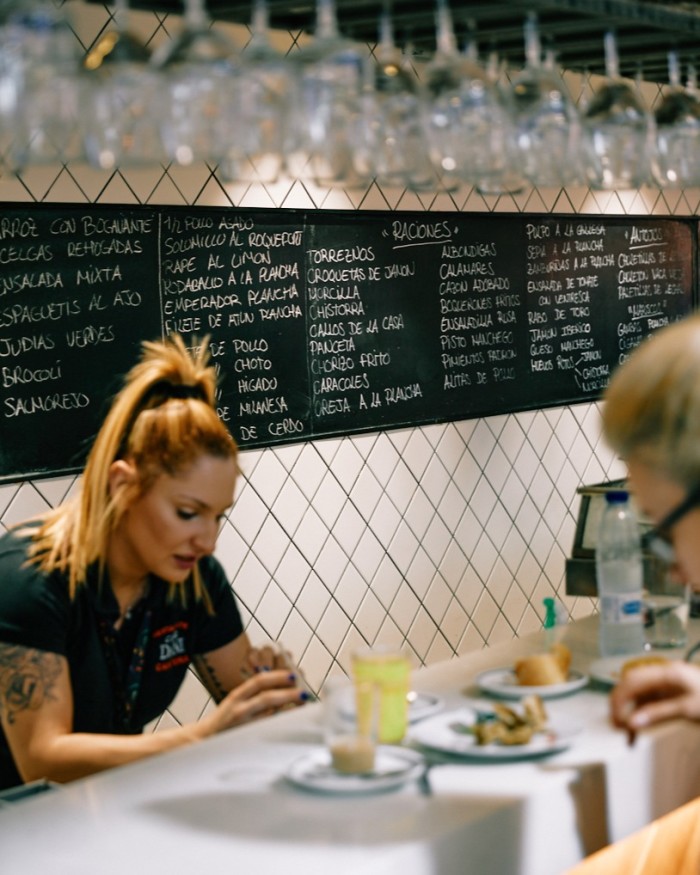
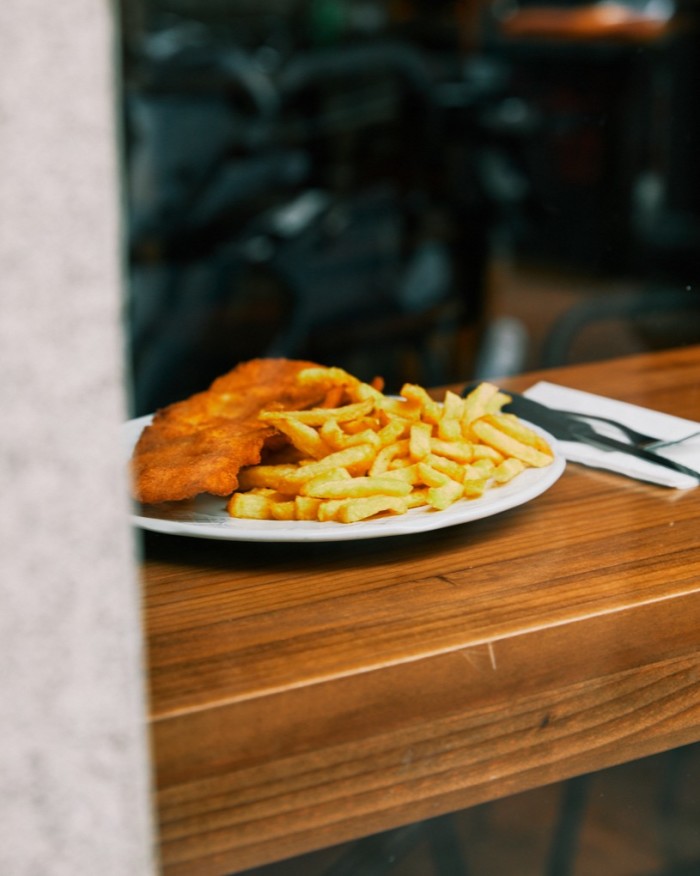
“We have a great variety of customers. It’s beautiful because it creates a social atmosphere inside the market,” says Santamaria. Offering the menú del día, which is posted every day on Casa Dani’s Facebook page, attracts loyal customers, she says — some who come daily, to eat in or take back home or to the office.
“We have to value the traditional dishes of our mothers, our grandmothers, the food that has always been cooked in el pueblo . . . unas buenas lentejas, arroz caldoso [soupy rice] with chicken,” says Santamaria, adding that Lola started the business making dishes learnt from her mother growing up in La Mancha. “At our heart is traditional Spanish food.”
Treze
Calle del General Pardiñas 34, 28001 Madrid
Menú del día: €14.50, Tuesday — Thursday
Good for: Refined, seasonal dishes with smart presentation
Not so good for: If you are keen on hearty portions. You’ll leave here feeling pleasantly satisfied, but not needing to have a lie down
If it’s on the menu, choose this: Sopa de ajo (garlic soup), salmorejo in the summer, lentejas con setas (lentils with mushrooms) in winter
For an elegant, original interpretation of the menú del día, head to Treze.
Head chef Saúl Sanz and his wife Elena Ursu, a pastry chef, left their restaurant jobs to open Treze together in 2010, initially near Plaza de España before relocating to the Salamanca neighbourhood eight years ago. At that time it made financial sense to offer a menú as a way to fill tables without having to offer discount deals, which were the norm for many establishments in Madrid during the economic crisis.
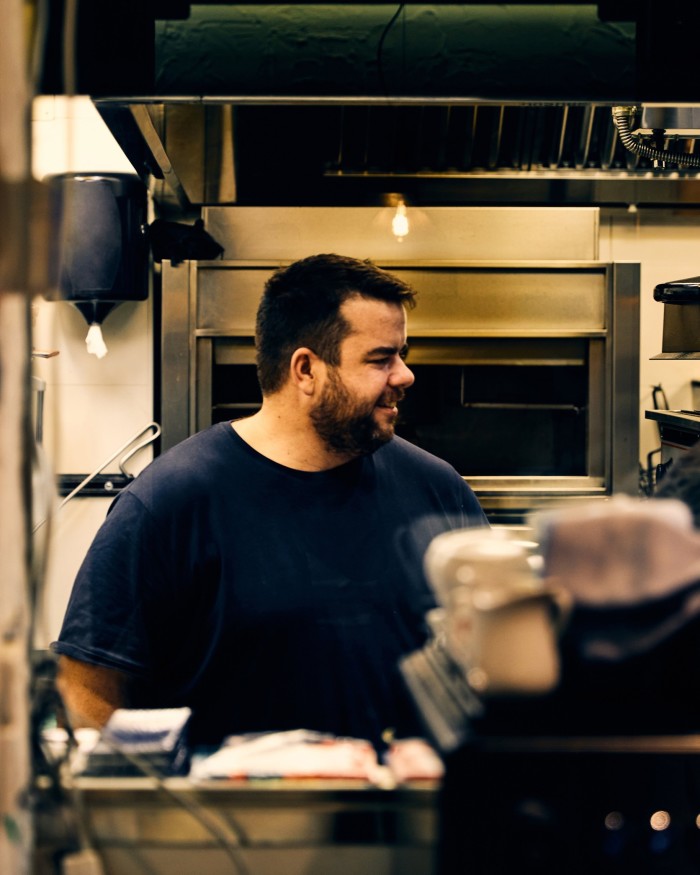
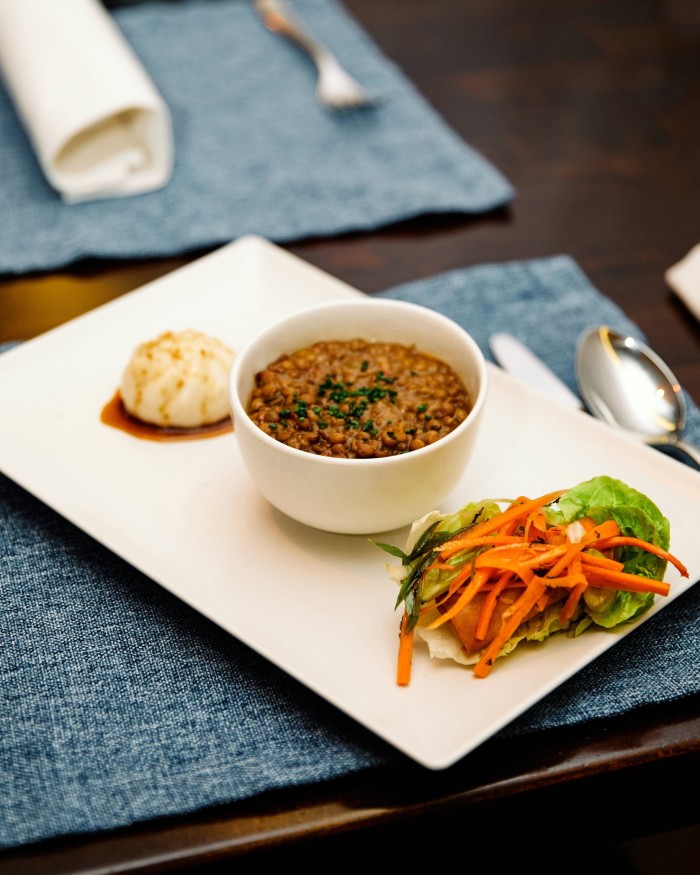
The menú still complements the business, he explains, though he has increased the price slightly to help cover costs. “It is something our local customers enjoy — and look for daily — and we are glad to keep offering it.”
It’s also an opportunity to elevate simple, seasonal produce and invite customers to try out different things. “I have always defended the menú del día — as a chef I like to cook a bit of everything. The menú doesn’t need to be something cheap or poor quality, you can use fresh fish — a merluza [hake] or dorada [sea bream] . . . fresh pasta . . . you can use many different ingredients to make it delicious.”
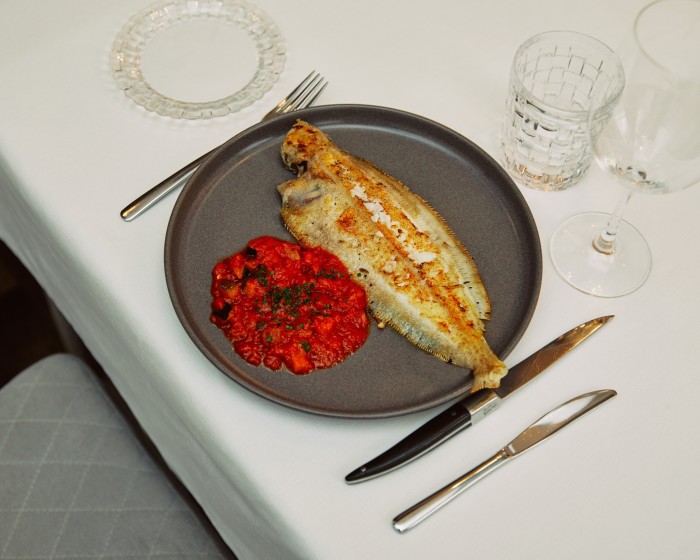
Here, instead of choosing a first course, you are served three tapas. “It’s more dynamic, more fun this way,” says Sanz. “It’s not one giant plate of something, and you get to try three different things.”
The restaurant has a bright, modern interior and, aside from a high-quality tapas selection and wine list, it serves a menú from Tuesday to Thursday, at the high tables near the front windows.
Being in upmarket Salamanca there are lots of office types, but Sanz says it’s usually a mix. Some customers come in every day, and visit with family at weekends he says, or they might try Terzio, his tapas bar across the road, to mix things up.
The friendly, helpful staff are a point of pride for Sanz, who says it’s the “human factor” that makes Treze special: “I have a great team.”
Do you have a Madrid tip to share? Tell us here. A selection of the best answers will be published soon
Follow FT Globetrotter on Instagram at @FTGlobetrotter
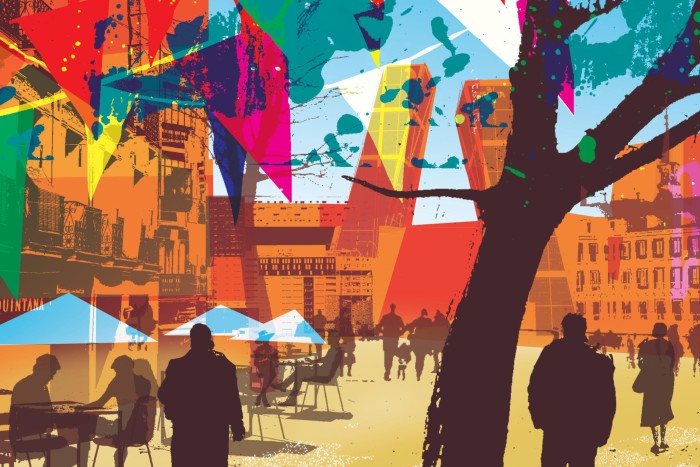
Comments